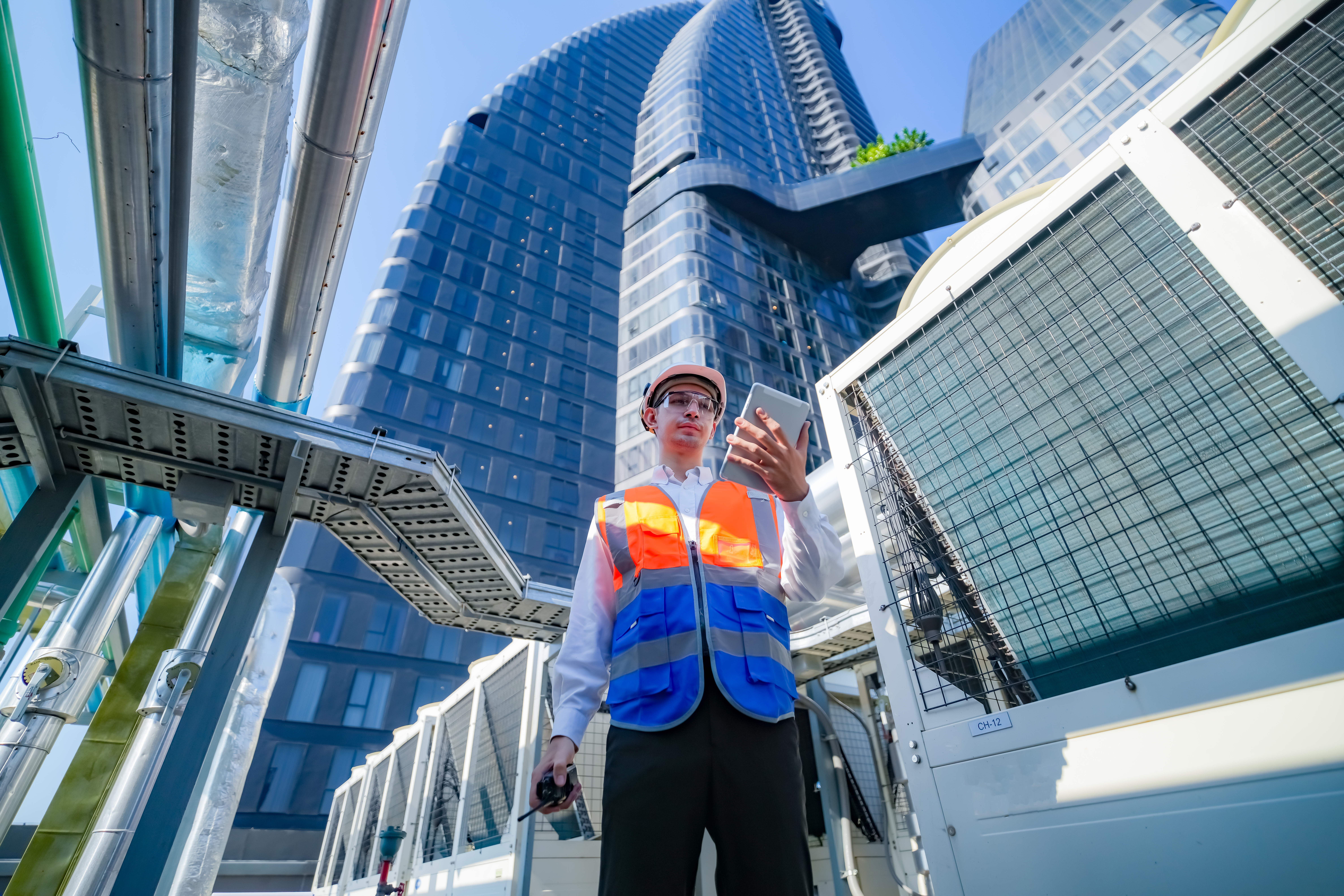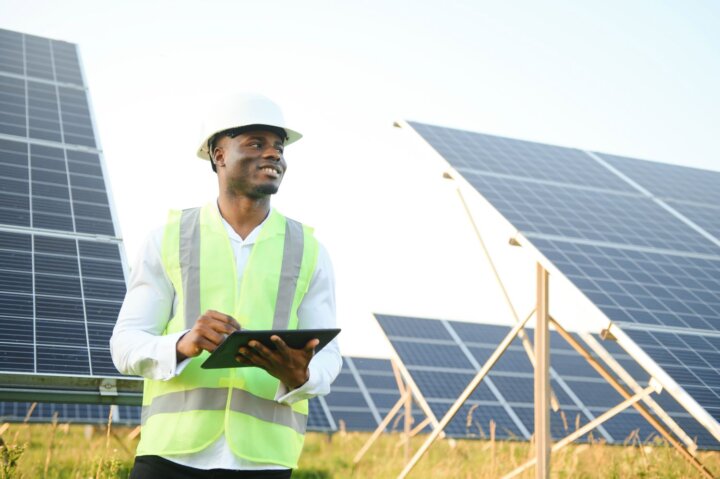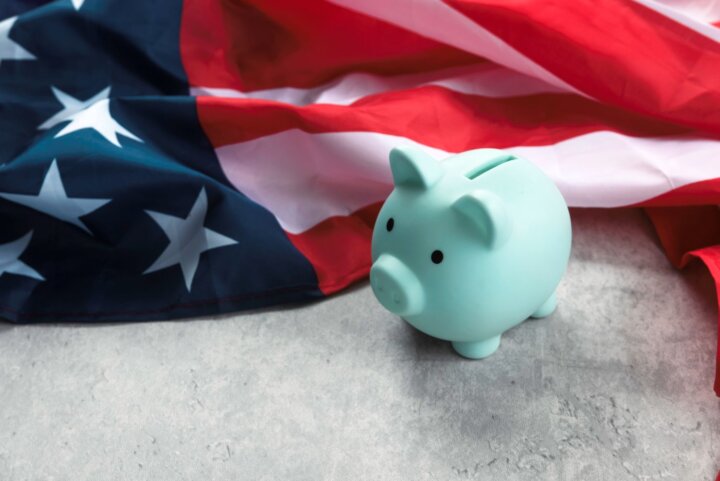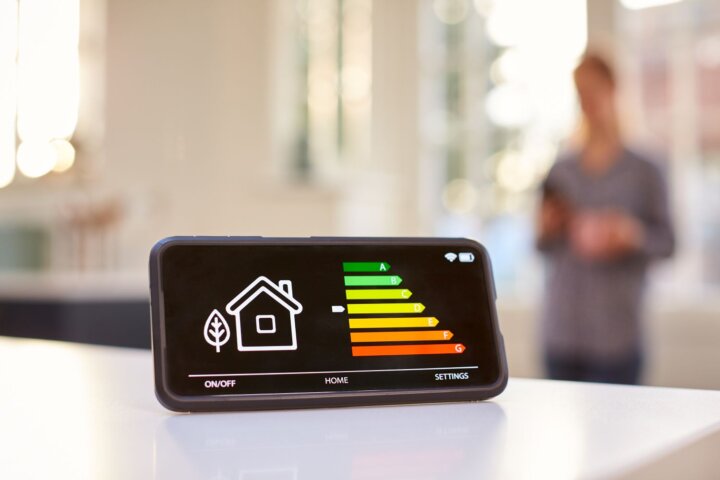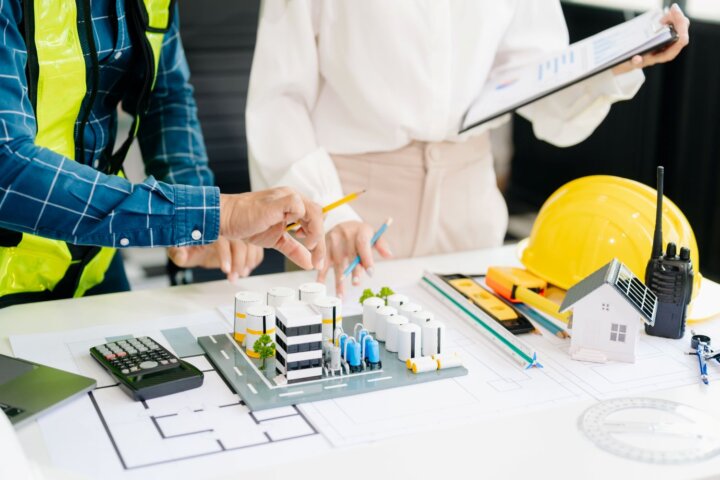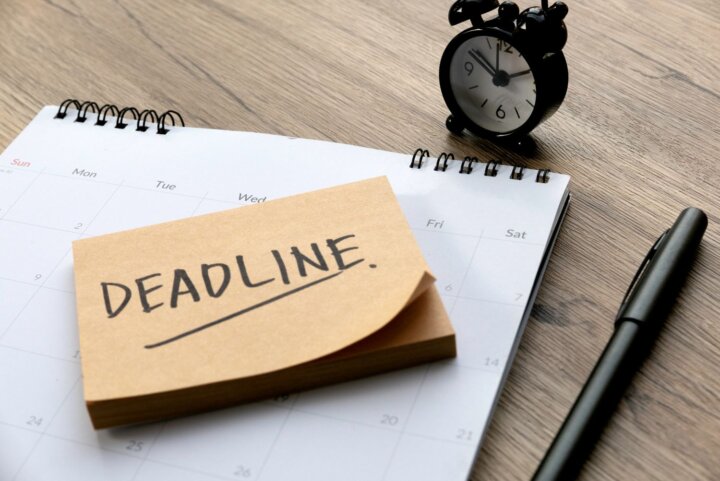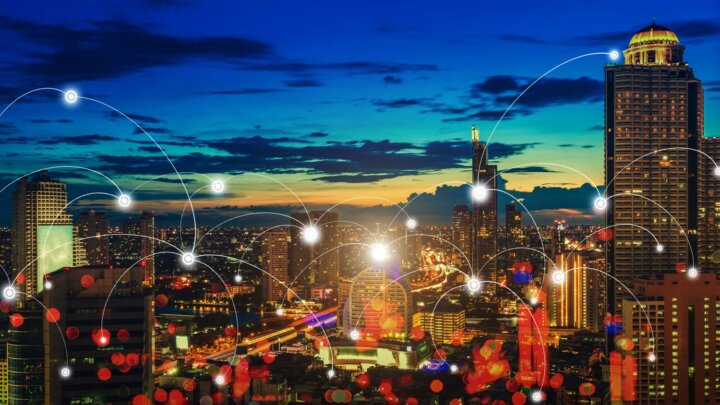Local Law 97 (LL97) is one of the most ambitious climate laws in the United States. It sets strict limits on greenhouse gas emissions and energy efficiency for large buildings in New York City. When it was enacted, LL97 was not only the most aggressive local legislation of its kind in the U.S., but it was also the first in any major city worldwide to enforce such stringent energy efficiency requirements.
Non-Compliant Buildings Lagging Behind
Compliance with LL97 is not just a simple task. It requires significant investments of time, money, and strategic planning. A December 2023 article from the NYC Department of Buildings (DOB) highlighted that nearly half of the buildings originally projected to miss the 2024 emissions limits in 2019 are still behind schedule. With the deadline approaching and penalties looming, it’s not just about what can be done—it’s about what actions can be taken now to avoid costly fines.
Check Your Building Type for Emission Limit Adjustments
First and foremost, you need to verify your building’s classification. Some building owners may request adjustments to their emissions limits under Local Law 97. This is especially relevant for properties with excessive emissions, special use cases, or for not-for-profit healthcare and hospital facilities. The penalty for non-compliance is steep—$268 per metric ton of CO2e over the allowable limit. Applying for an adjustment can significantly reduce those fines and keep your compliance efforts on track.
Understanding Special Use Exemptions: Is Your Building Eligible?
So, what qualifies as a “special use”? These can include, but are not limited to, 24-hour operations, critical functions related to health and safety, high-density occupancy, energy-intensive technology, or industrial processes not covered under the Energy Code. If you’re unsure whether your building fits into one of these categories, reach out for guidance. We can help determine if your property qualifies for an exemption.
A Chance for Non-Compliant Buildings
Local Law 97 does allow some flexibility in the case of unforeseeable events. If building owners can prove that unforeseen circumstances during the year directly caused non-compliance, penalties may be reduced. This can provide a vital opportunity if events outside of your control have impacted your ability to meet emissions limits.
What Happens If Adjustments Don’t Apply to You?
If your building doesn’t qualify for any adjustments, and no unforeseen circumstances apply, are you prepared to pay the $268 fine for each metric ton of carbon dioxide equivalent (CO2e) over your building’s allowable limit? It’s crucial to explore all possible options to avoid this financial hit.
The 2023 Update You Need to Know: Good Faith
Good news arrived in December 2023 with an amendment to section 103-14 of Subchapter C, Chapter 100 of Title 1 of the Rules of the City of New York. This amendment provided a clear definition of “good faith efforts” for the 2024-2029 compliance period, a term first mentioned in § 28-320.3.7.1 of the NYC Administrative Code.
For building owners, this update is significant. The new rule defines additional actions and situations that qualify as “good faith efforts” for penalty mitigation. The most important part: if the DOB recognizes your good faith efforts, you’ll receive an extra 24 months to complete the necessary work to meet the 2024 emission limits. This provides a crucial opportunity to resolve compliance issues without immediately facing heavy penalties.
Key Criteria for Demonstrating “Good Faith Efforts”
To qualify for “good faith efforts,” building owners must meet several key criteria:
- Submit the annual building emissions report and maintain compliance with any DOB adjustment granted.
- Comply with LL 84 of 2009 (as amended).
- Comply with LL 88 of 2009 (as amended).
- Meet any of the following:
- Submit a Decarbonization Plan by May 1, 2025. This plan should bring your building into compliance with 2024 limits by 2026 and with 2030 limits by 2030, demonstrating yearly progress.
- Show that compliance work is already underway by having an approved application and permit for the necessary upgrades.
- Demonstrate electrification readiness by securing an approved alteration application and a letter from a utility confirming the work.
A Proactive Approach to Long-Term Compliance
A Decarbonization Plan offers a proactive approach to Local Law 97 compliance. It requires on-site compliance work during the first period and emphasizes planning for carbon neutrality by 2050. You’ll need to demonstrate emissions reductions by 2026 and be on track for 2030 compliance by 2028.
How Big Shine Energy Can Help: Your Partner in Local Law Compliance
At Big Shine Energy, we provide a holistic approach to help building owners comply with LL 84, LL 87, LL 88, and LL 97. Our expert team of engineers, policy consultants, energy analysts, and project managers is ready to assist you in meeting these local law requirements—on time and within budget. We offer turn-key solutions for lighting upgrades and sub-metering installations, all tailored to meet the unique needs of your building. Let’s work together to improve energy efficiency, maximize savings, and achieve compliance with ease. We’re here to support you every step of the way.
